Understanding the communication methods of our small, furry companions can enrich our relationship with them. Hamsters, though miniature in stature, possess a complex range of vocalizations, with their squeaks being the most common. This article delves into the various meanings behind a hamster’s squeaks, from expressing emotions to signaling health issues, offering insights into their tiny worlds.
Introduction to Hamster Communication

Hamsters may not converse like humans, but their vocalizations, alongside body language, are crucial for communication. Deciphering these sounds can help pet owners better understand and cater to their pet’s needs. By recognizing the meaning behind each squeak, owners can enhance the care they provide.
Types of Hamster Squeaks
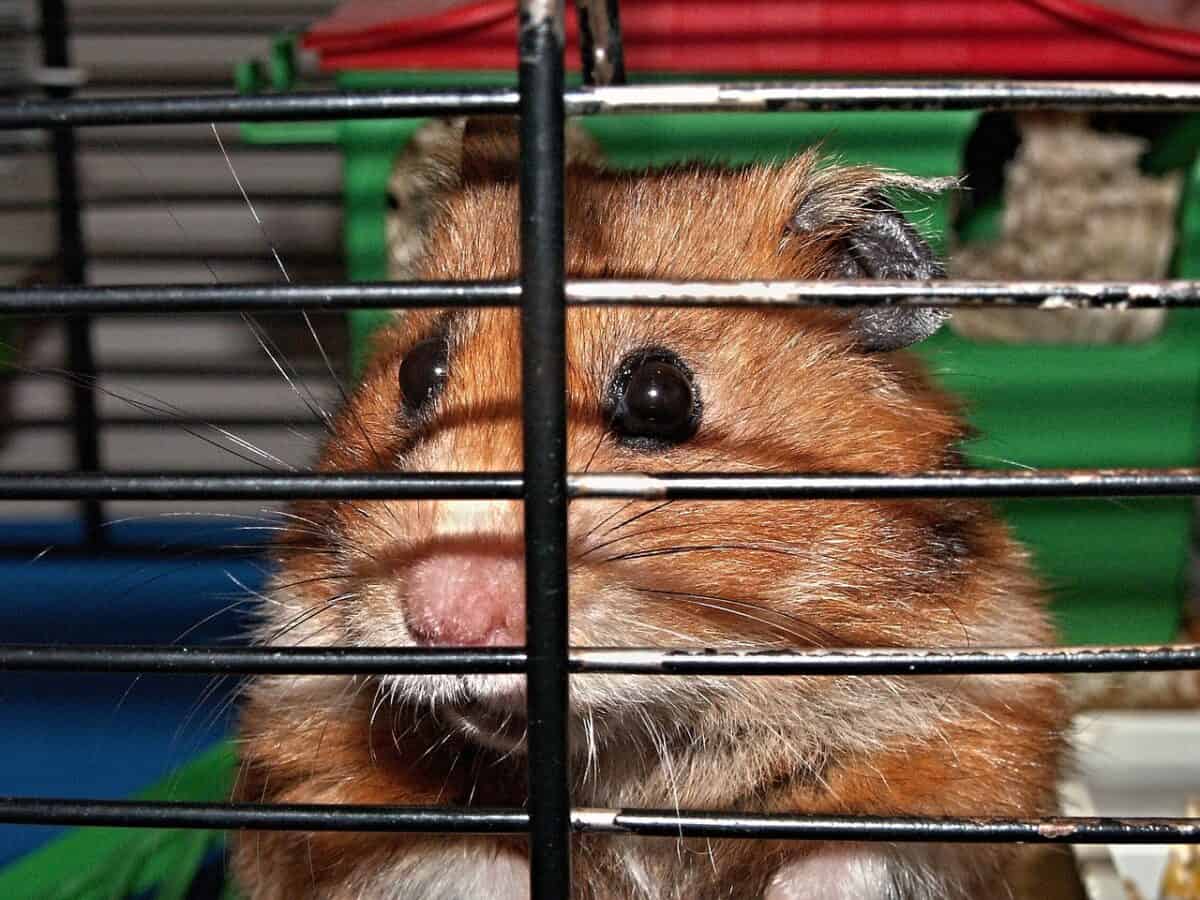
Hamsters produce a variety of squeaks, each with distinct meanings. For instance, an urgent, high-pitched squeak might indicate fear or distress, while softer squeaks can denote contentment. These sounds, although subtle, provide essential clues to a hamster’s state of being.
Squeaks as Indicators of Happiness

Some hamster squeaks reflect happiness or excitement. When presented with treats or favorite toys, hamsters might emit joyful, chirpy squeaks. Recognizing these sounds can help owners identify activities that bring their pets joy, fostering a more enriching environment.
Warning Squeaks
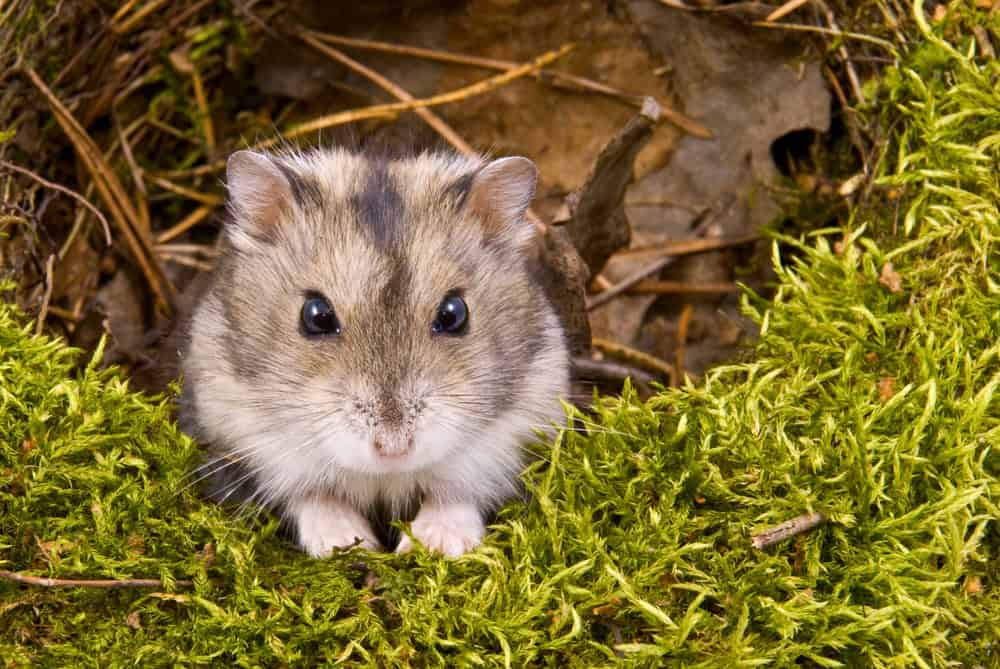
A sharp, piercing squeak often serves as a warning signal. This sound may occur when a hamster perceives danger, feels threatened, or is experiencing discomfort. Understanding these warning squeaks can prevent stress and potential health issues.
Squeaking During Social Interactions
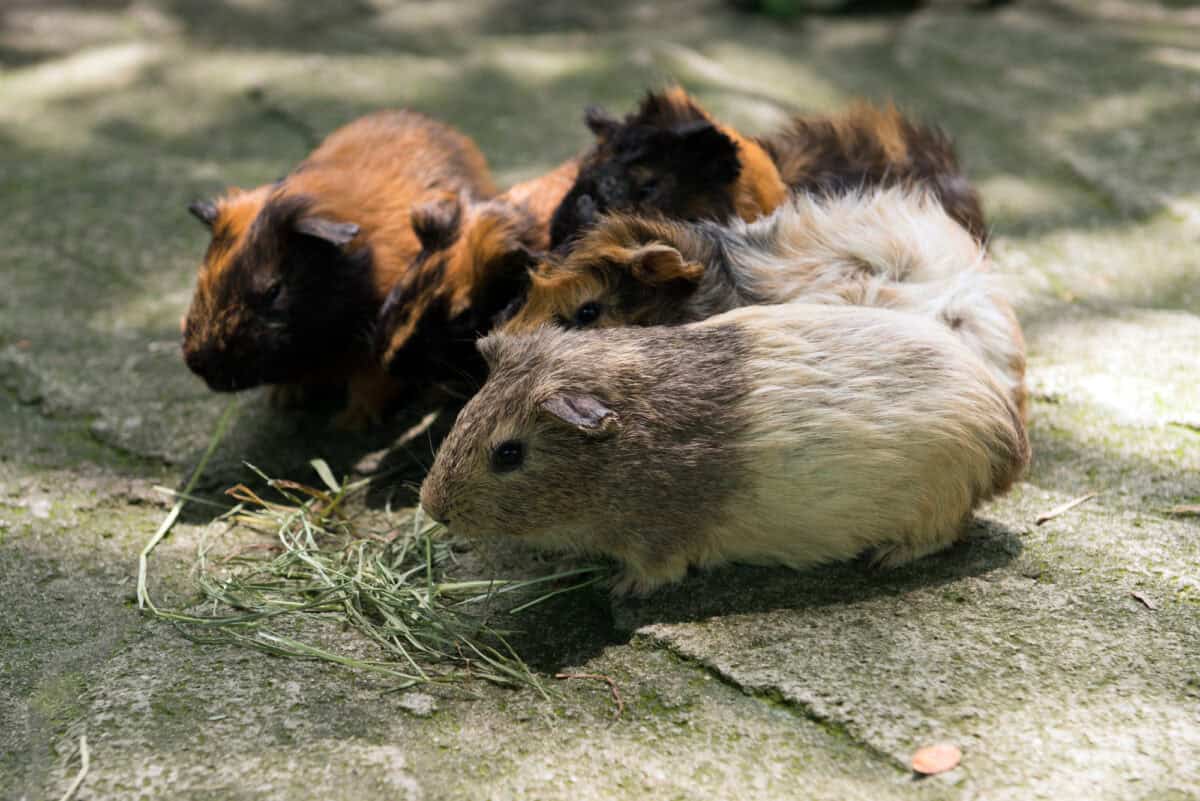
Hamsters, particularly when housed together, use squeaks to interact. These sounds can indicate everything from establishing social hierarchies to playful banter. Monitoring these interactions helps determine whether the hamsters are getting along well or if intervention is needed.
Squeaks Indicating Discomfort or Pain

Persistent, distressed squeaks may be a sign of illness or discomfort. When a normally quiet hamster suddenly becomes vocal, it’s essential to investigate for possible health issues or environmental stressors that could be at play.
Nocturnal Squeaking Explained

Hamsters are nocturnal animals, often becoming active when their owners are asleep. This nighttime activity can include squeaking, indicating their natural behavior rather than a cause for concern. Still, frequent loud squeaking might suggest they need more stimulation or enrichment during waking hours.
The Role of Squeaks in Foraging
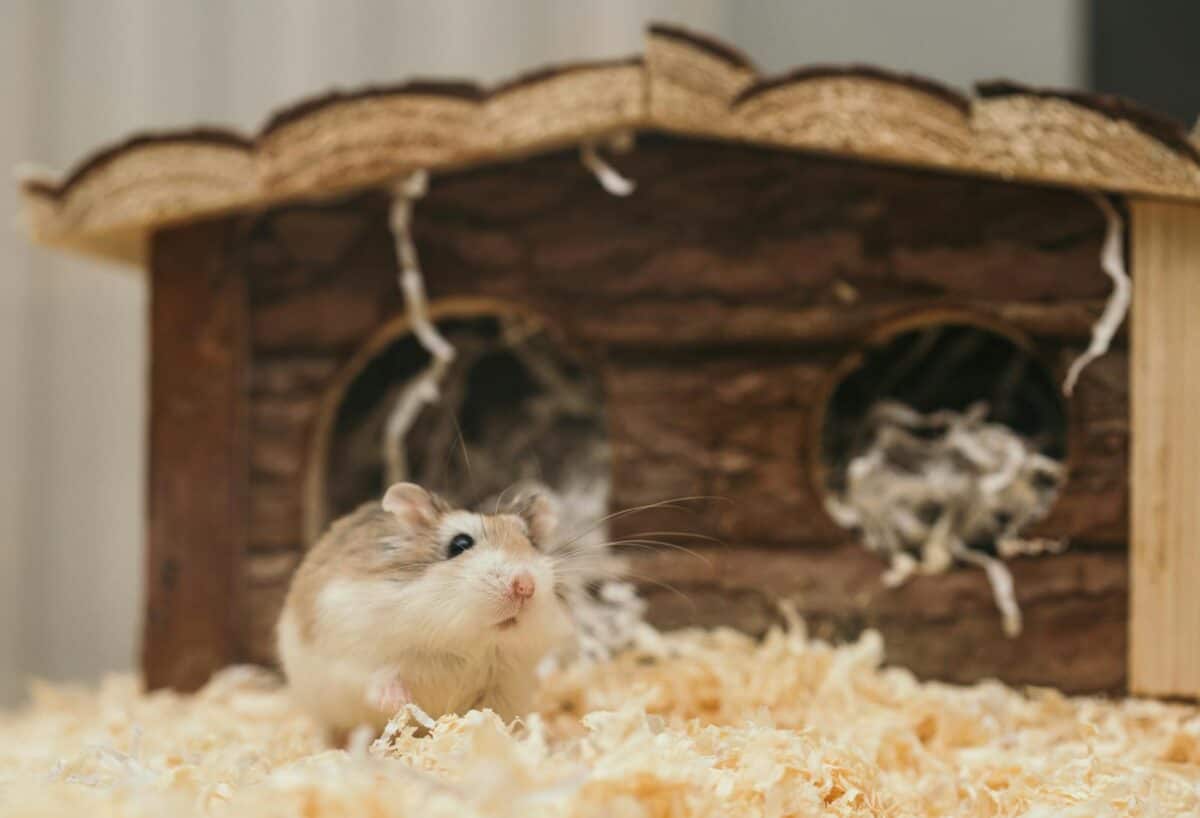
Squeaks can also relate to foraging behaviors. Hamsters might squeak when exploring or scavenging for food in their habitat, expressing delight or concentration in the process. Providing varied and challenging foraging opportunities can enhance their well-being.
Recognizing Mating Calls
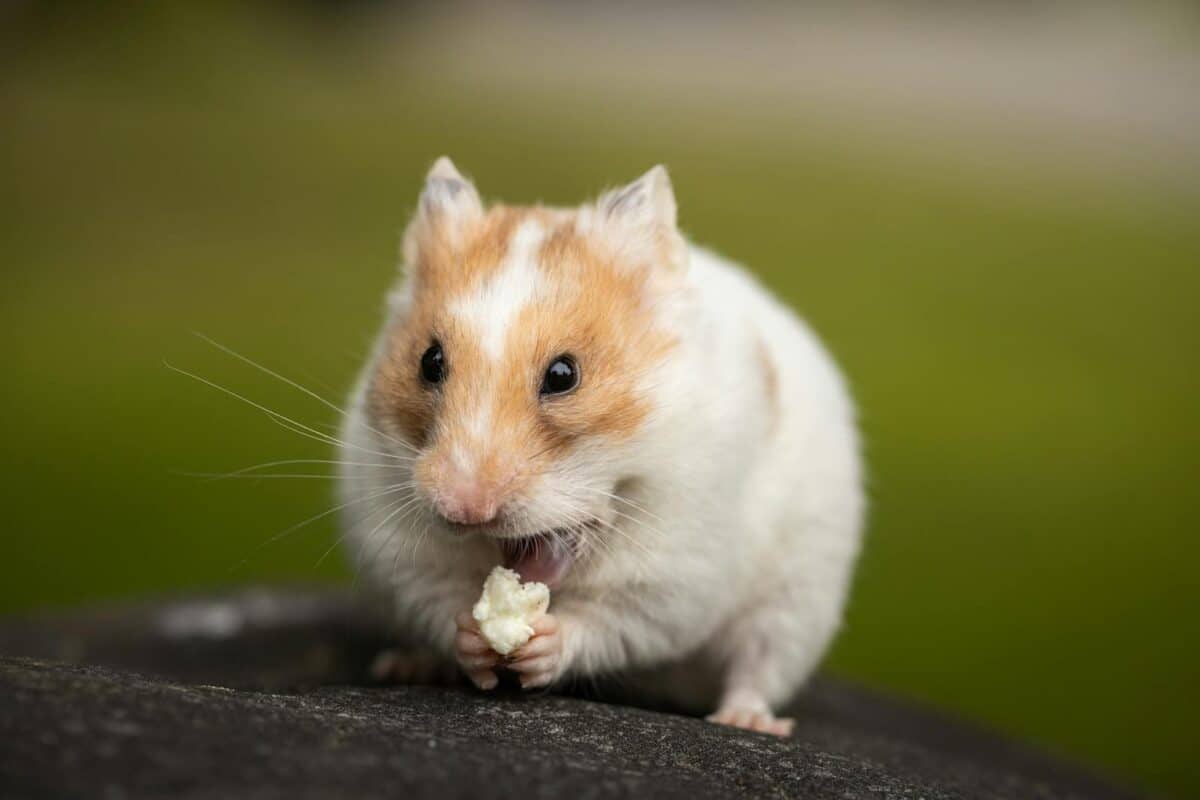
Female hamsters in heat may emit specific squeaks as mating calls. These sounds, distinct in their pattern, can alert owners to hormonal cycles and aid in breeding if desired. Understanding these signals ensures proper care during reproductive phases.
Different Breeds, Different Sounds
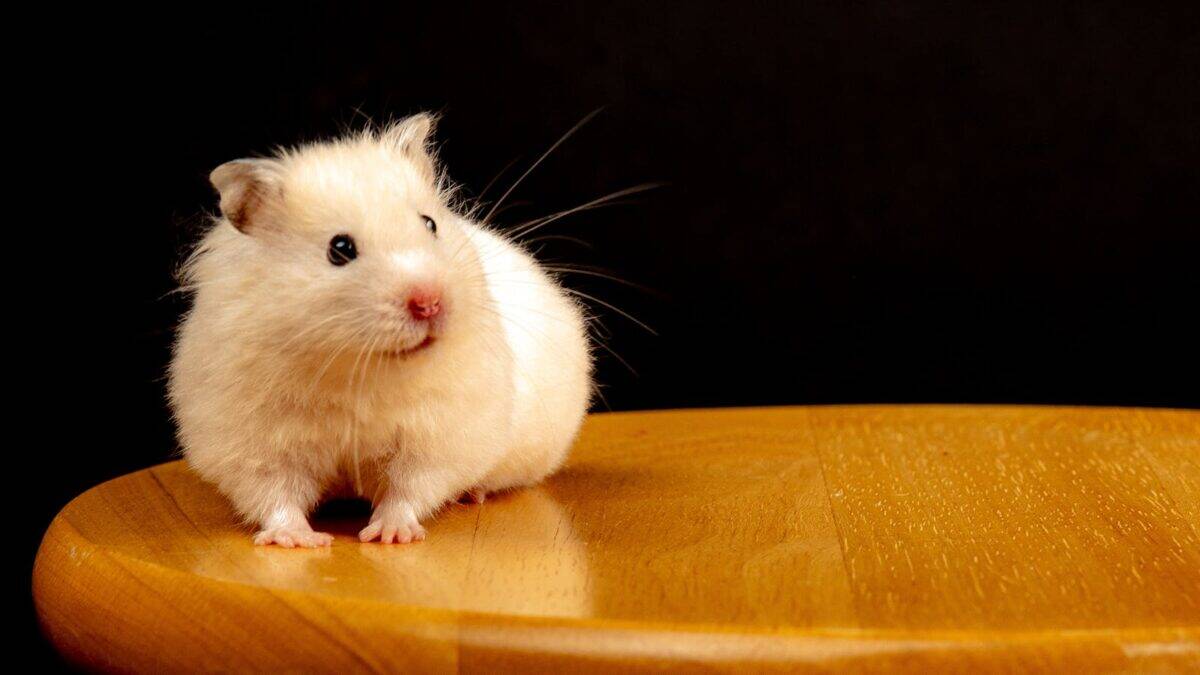
The sounds hamsters make can also vary by breed. Dwarf hamsters, for instance, tend to be more vocal than Syrian hamsters. Recognizing breed-specific vocal patterns can help tailor the care and attention each hamster requires.
Body Language Accompanying Squeaks
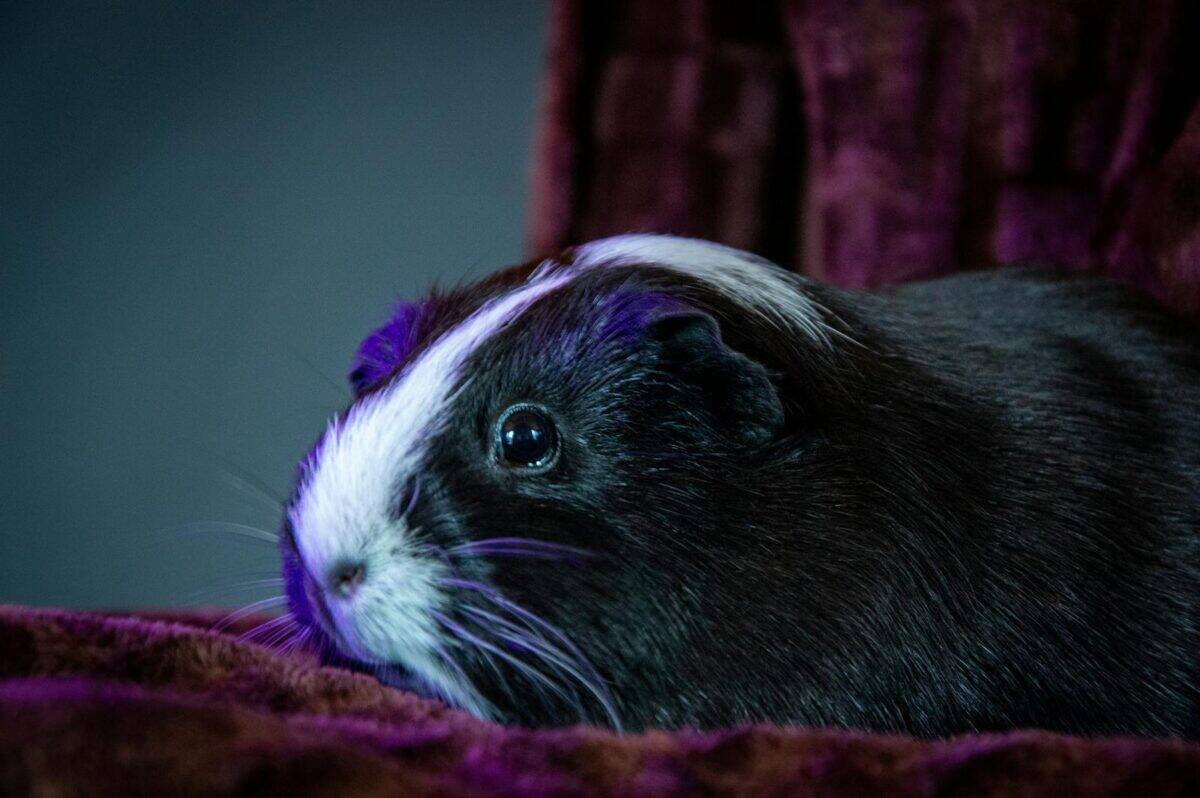
Squeaks are often accompanied by body language cues, such as ear position, fur fluffing, or specific postures. Observing these in conjunction with vocalizations provides a fuller picture of what the hamster is trying to communicate.
Enhancing Human-Hamster Relationships
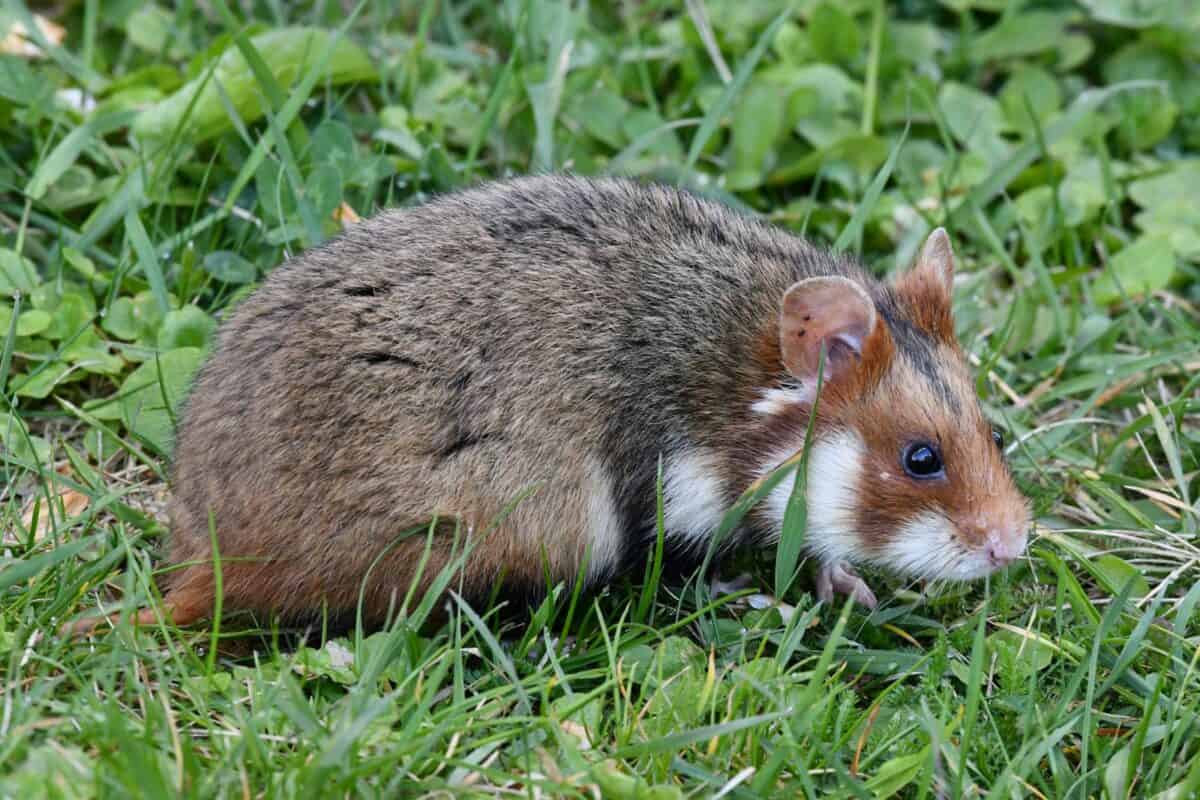
By understanding and interpreting hamster squeaks, owners can significantly enhance their relationships with their pets. Responding appropriately to these sounds fosters trust and companionship, creating a fulfilling bond that benefits both the hamster and the owner.
Conclusion: Listen, Learn, and Love
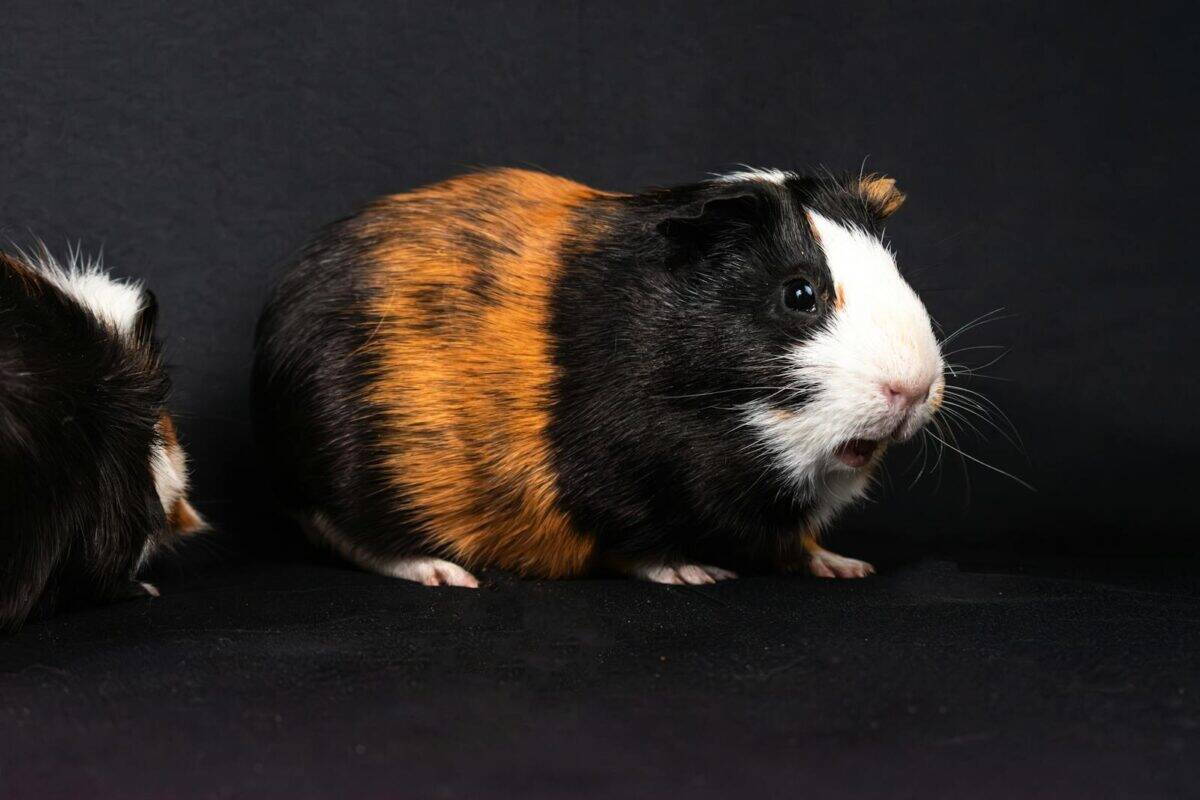
Hamster squeaks, subtle though they may be, carry a wealth of information about a hamster’s emotional and physical state. Being attentive and responsive to these vocalizations enriches the pet ownership experience, ensuring that these small creatures lead happy and healthy lives. By tuning into their tiny voices, we open up a world of companionship and understanding that transcends size.
- What Makes Vervet Monkeys a Pest in Some Tourist Areas? - August 11, 2025
- How Giant Pandas Communicate Without Making a Sound - August 11, 2025
- The Reason Sloths Risk Their Lives to Poop on the Ground - August 11, 2025

